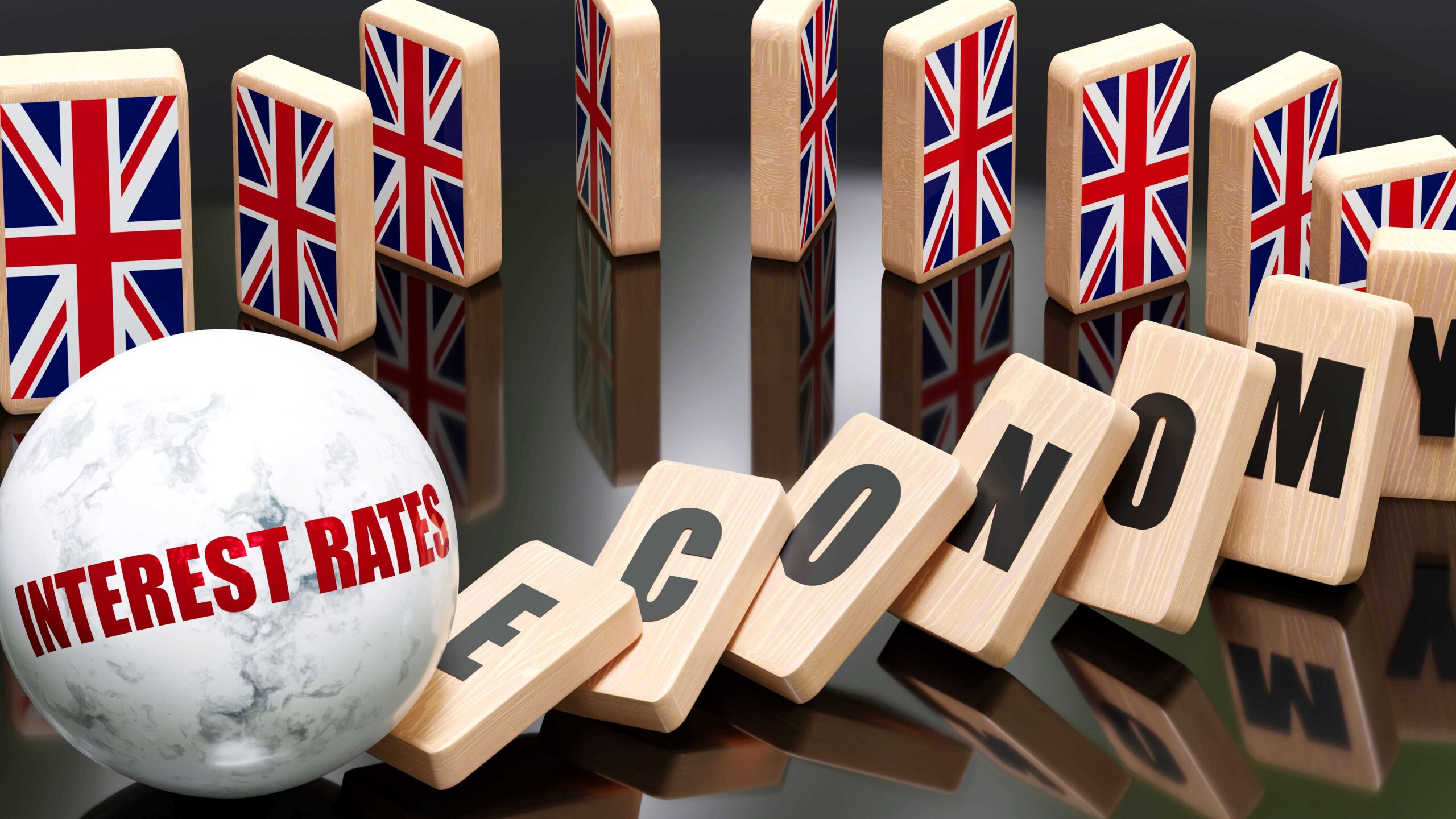
According to scientists, July may well have been the warmest month on record, when measuring global temperatures. Scorching heat in Southern Europe and North America has led to the United Nations issuing dire warnings on the impact of climate change. As awareness of the issue becomes more widespread, an increasing number of investors are keen to adopt an investment approach that includes non-financial considerations, such as the ability for their portfolio to make a positive contribution to society and the environment.
What is Socially Responsible Investment?
Socially Responsible Investment (SRI) strategies have become increasingly popular since they were first developed in the 1970s. According to the Sustainable Investment Forum, of the USD $66.6 trillion of investment assets managed in the US at the end of 2021, USD $8.4 trillion – or just under 13% – were invested through a sustainable investment strategy. Over time, the range of options open to investors who are keen to take a socially responsible approach has increased, with both active and passive strategies covering Equities and fixed income investments now available.
SRI investment can take many forms, depending on how strict an approach an investor wishes to take. It is, however, important to bear in mind that considering a very limited investment universe, will reduce the ability to diversify the portfolio appropriately. One investment approach is to look at including investments that aim to make a positive impact, and tries to include, rather than exclude, companies that meet this criterion. Alternatively, an investor who wants to take a more rigorous approach may look to set high standards for inclusion and disregard many opportunities on SRI grounds.
Our approach to SRI
At FAS, we are well-placed to cater for investors who wish to incorporate ethical considerations into their investment approach. Through our discretionary managed portfolio service, we offer two SRI portfolios that take a common-sense approach to SRI investment, by building portfolios designed to meet suitable screening criteria (which limits exposure to areas such as fossil fuels, gambling, animal testing and weaponry) whilst being as inclusive as possible. By way of example, a key position in our SRI strategies includes a fund that only holds companies that make a positive contribution to the Paris Agreement Climate Change goal.
We also appreciate some investors would prefer a sharper focus, and within their investment portfolio are keen to strictly limit any allocation to areas that could be harmful to the environment or society. We can build bespoke advisory investment portfolios for these clients, using rigorous quantitative screening processes and active engagement with leading fund managers, to meet a client’s ethical preferences.
What about mainstream investments?
Whilst SRI investment is a growing trend, most investors still wish to invest in a traditional strategy that does not take these further factors into account when making investment decisions. Adopting a mainstream investment approach does not, however, mean that the investment fund managers will ignore the impact of the actions that investee companies take, when it comes to environmental issues, or how they treat their employees. Indeed, Environmental, Social and Governance (ESG) factors are a critical risk for any business, and fund managers – whether adopting a socially responsible investment approach or not – will look to take these risks into consideration when building their portfolio.
ESG criteria will assess how a company safeguards the environment, including corporate policies addressing climate change. Social factors look to examine the company’s relationships with their employees, customers and suppliers. Governance issues cover areas such as a company’s leadership, executive pay and shareholder rights.
Avoiding controversies
The reason ESG factors are now a mainstream investment consideration when looking at the prospects for growth is that investors, consumers, and the companies with whom they do business, are looking at the way a business conducts itself. The risk that a business overlooks these key considerations, can lead to the potential for reputational and financial damage. These so-called “ESG controversies” can have a significant impact on the value of a company and lead to underperformance.
A good example of such an ESG controversy was the Volkswagen emissions scandal in 2015, when the company admitted installing defective devices to beat emissions tests. This led to significant reputational damage, financial penalties, and the cost of recalling millions of vehicles. Looking further back in time, the environmental impact of the Deepwater Horizon disaster caused BP’s shares to plunge in 2010. Other more recent examples of ESG controversies are Boohoo, who faced accusations of ill-treatment of employees, and both Alphabet (Google) and Meta (Facebook) have been fined by regulators for anti-competition and privacy concerns, respectively.
A change for good?
The increased potential for an ESG controversy to damage the financial prospects of a company is driving a change in culture within businesses across the World, and therefore any investor can take comfort in the fact that good business governance will take ESG considerations into account when formulating their strategy and approach. The same is true for investment managers. Sound investment planning is about assessing risk, and whilst active fund managers will routinely consider potential threats to a business from increased market competition, changes in trends and customer habits and new technology, it is clear that ESG factors cannot be ignored.
Adopting a socially responsible investment approach can aim to make a positive impact through investment choices made, but that does not necessarily mean that the risks associated with environmental, social and governance factors can be ignored by other investors, too.
Speak to one of our experienced financial planners here if you would like to discuss how your portfolio is positioned in respect of its’ social responsibility and how this aligns with your values.













